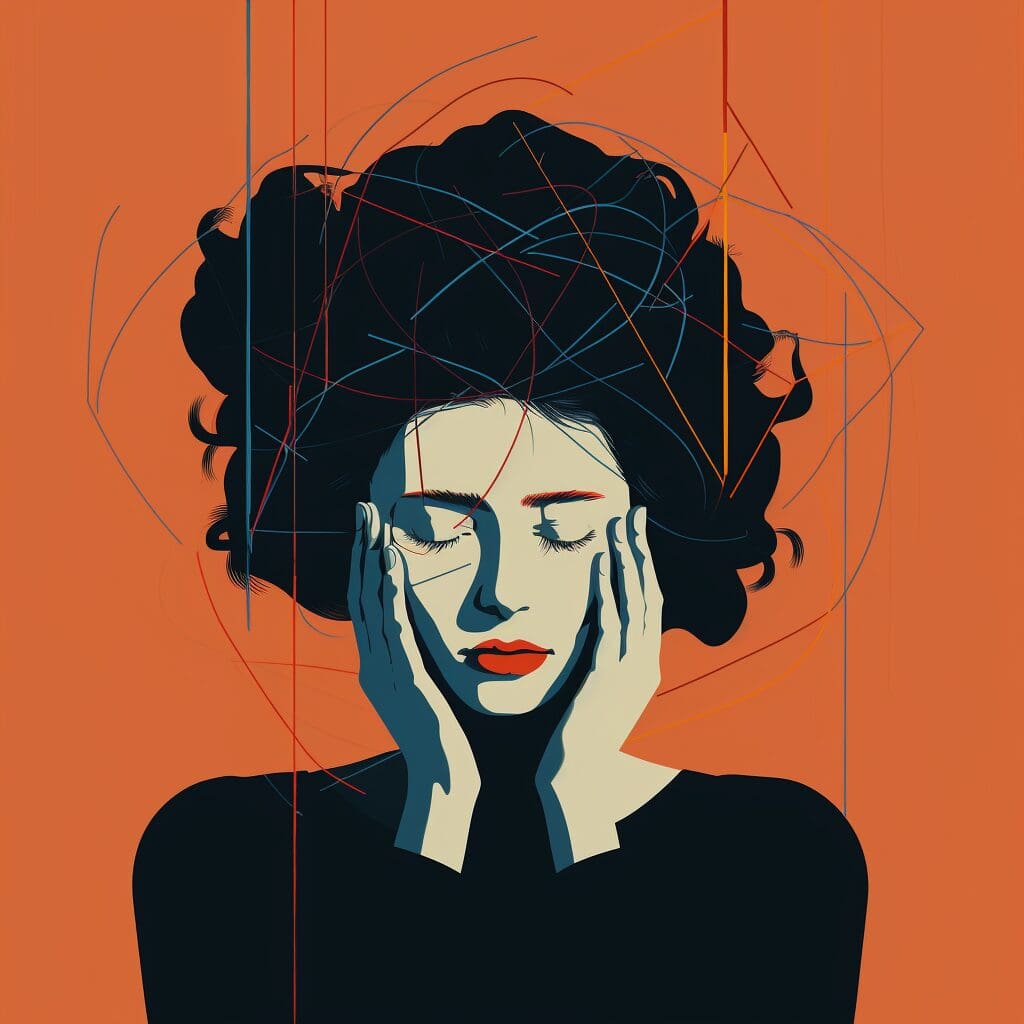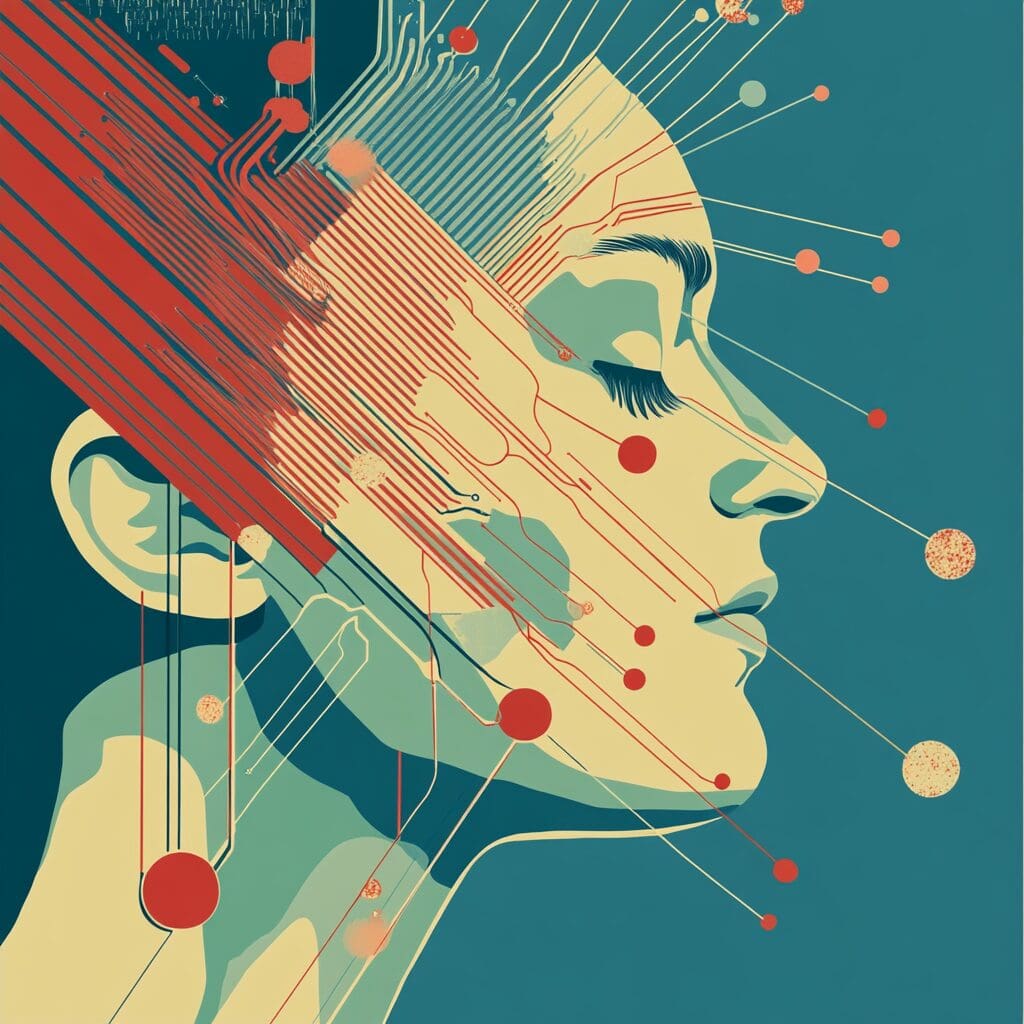Chronic pain is a common medical condition affecting millions worldwide.
We define chronic pain as pain lasting over three months and often associated with various underlying medical conditions, such as arthritis, fibromyalgia, and neuropathy. Acupuncture is a Traditional Chinese Medicine used for thousands of years to alleviate chronic pain.
What is Chronic Pain?
Chronic pain is a complex and multi-dimensional experience that affects individuals differently. Various underlying medical conditions, including arthritis, fibromyalgia, neuropathy, and injuries or surgeries, can cause it. As a result, chronic pain can significantly impact an individual’s physical, emotional, and social well-being.
What are the Symptoms of Chronic Pain?
Chronic pain symptoms can vary depending on the underlying condition causing the pain. Some common symptoms include:
- Persistent pain lasting more than three months
- Stiffness and soreness in muscles and joints
- Fatigue and weakness
- Sleep disturbances
- Reduced mobility and range of motion
- Anxiety and depression

What are the Causes of Chronic Pain?
The causes of chronic pain are complex and multifactorial. Common causes of chronic pain include:
- Inflammatory conditions, such as arthritis and fibromyalgia
- Neuropathic conditions, such as neuropathy and radiculopathy
- Trauma or injury
- Surgical procedures
- Cancer
- Chronic infections, such as Lyme disease and shingles
What is the Treatment for Chronic Pain?
Treatment for chronic pain varies depending on the underlying cause, severity, and duration. Treatment options include:
- Medications, such as opioids, non-steroidal anti-inflammatory drugs (NSAIDs), and antidepressants
- Physical therapy and exercise
- Psychological counselling, like cognitive behavioural therapy or dialectical behavioural therapy.
- Complementary and alternative therapies, such as acupuncture, massage, and chiropractic care
Acupuncture for Chronic Pain
Acupuncture is a traditional Chinese medicine that involves the insertion of thin needles into specific points on the body to stimulate the body’s natural healing process. Research has demonstrated the effectiveness of acupuncture in treating chronic pain, specifically in cases of musculoskeletal pain, headaches, and osteoarthritis.
The mechanism of acupuncture for chronic pain has yet to be entirely understood. Acupuncture stimulates the central nervous system, releasing endogenous opioids such as endorphins, which have pain-relieving effects. Acupuncture can also reduce inflammation, promote circulation, and improve muscle relaxation.
Several studies have shown the efficacy of acupuncture in treating chronic pain. For example, a systematic review and meta-analysis of 29 randomized controlled trials found that acupuncture was more effective than usual care or sham acupuncture in reducing pain intensity and improving physical function in patients with chronic musculoskeletal pain.
Acupuncture is a safe, minimally invasive treatment that can be used as an adjunct to conventional pain management therapies. Acupuncture needles are very thin and flexible and do not resemble the hypodermic needles used to inject medication. They are also sterile and used only once, ensuring minimal risk of infection. The process of acupuncture typically involves inserting needles at specific points on the body, known as acupuncture points, and stimulating these points to restore balance and promote healing.
One theory for acupuncture is that it stimulates the nervous system to release natural painkillers such as endorphins, serotonin and norepinephrine. It also may stimulate the release of anti-inflammatory molecules and improve blood flow to the affected areas. By doing so, acupuncture can help to reduce pain, inflammation, and muscle tension and promote relaxation and healing.
In addition to its pain-relieving effects, acupuncture has been shown to help reduce the need for medication and improve overall quality of life. For example, a study published in the Journal of Pain found that acupuncture was effective in reducing the use of opioid medication in patients with chronic pain. Another study found that acupuncture was effective in reducing symptoms of anxiety and depression, which often accompany chronic pain.

FAQs
Chronic pain is described as pain lasting over three months, often associated with various underlying medical conditions like arthritis, fibromyalgia, and neuropathy.
Treatment for chronic pain includes medications, physical therapy, psychological counseling, and complementary therapies like acupuncture, massage, and chiropractic care.
Acupuncture is a traditional Chinese medicine practice involving the insertion of thin needles into specific points on the body to stimulate the body’s natural healing process.
Acupuncture is a safe, minimally invasive treatment by a licensed and qualified practitioner. The needles used are sterile and disposable to minimize infection risks.
Most patients report feeling little to no discomfort during acupuncture treatment. The needles used in acupuncture are very thin and flexible, unlike hypodermic needles used for injections.
Patients may experience a slight sensation or pressure when the needles are inserted. However, any discomfort is typically brief and mild.
Acupuncture stimulates the central nervous system to release endogenous opioids like endorphins, which have pain-relieving effects. It may also reduce inflammation, promote circulation, and improve muscle relaxation.
Acupuncture has been found effective in treating musculoskeletal pain, headaches, and osteoarthritis according to research.
Most patients report little to no discomfort during acupuncture treatment. Any experienced discomfort is usually brief and mild.
Yes, studies have shown that acupuncture can help reduce the need for medication, particularly opioid medication, in managing chronic pain.


